The local impacts of wind farms
Effects of onshore and offshore wind power
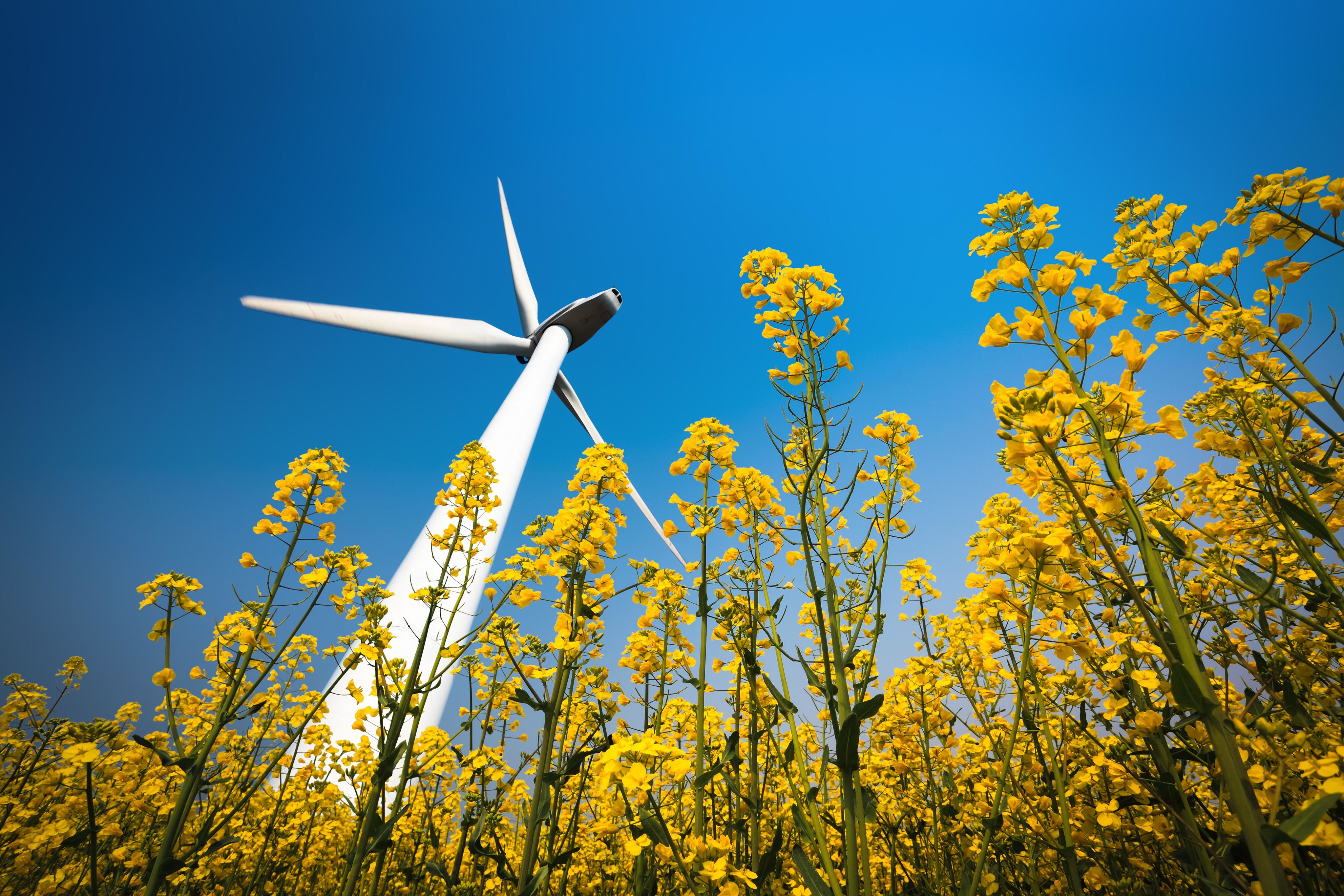
As a sustainable and renewable source of electricity with a robust supply chain, wind power is one of the planet's fastest-growing energy sources.
But it may not be growing fast enough. To reach Net Zero by 2050, The International Energy Agency (IEA) says the rate of growth needs to increase to 17% year-on-year – up from 14% in 2022.
Impacts
One factor that could be stunting growth is misunderstandings among communities and policymakers about the impacts of wind power.
It has fewer negative impacts on humans and the environment than fossil fuels. But it does have disadvantages as well as advantages.
In this article, we delve into our journals and books to highlight what researchers have found about the potential impacts of wind power on:
1. Residents
Appearance
With some wind turbines visible from 20 miles away or more, the visual impact is probably the most obvious effect of wind farms on local communities.
But the severity of the impact can be hard to measure as it depends on the farm's location. An offshore wind farm far out to sea may have less impact than one on hills overlooking a city, while wind turbines situated further away from homes are less likely to cause noticeable "shadow flicker" and reflections at sunrise and sunset for residents.
Acceptable impact
Many communities prefer a view without turbines, but many people don't object to nearby wind farms based on appearance.
For example, a study in Australia found the visual impact of wind farms was acceptable to local residents in almost all cases.
There's also no clear link between wind farms and local property values and little evidence that wind farms negatively affect tourism.
Noise
From a distance, it may seem as though wind turbines are silent. But the components and air movement around the blades produce some sound – up to 45 dB (decibels) at 300 meters.
This is about the same volume level as a quiet library but much lower than the noise generated by traffic.
Sound at this volume is unlikely to directly cause physical health issues such as hearing loss.
But noise – which is essentially any unwanted sound – can become an annoyance if it affects activities such as learning and in-person communication. This can then cause stress and affect sleep and relaxation, especially if those affected have a negative attitude toward wind turbines.
Noise is subjective, so different levels will affect people in different ways. The World Health Organization (WHO) Guideline Development Group (GDG) recommends homes are exposed to no more than 45 dB of noise on average. Wind farms and turbines can be located with this in mind.
Wind farm noise can also affect wildlife (see below).
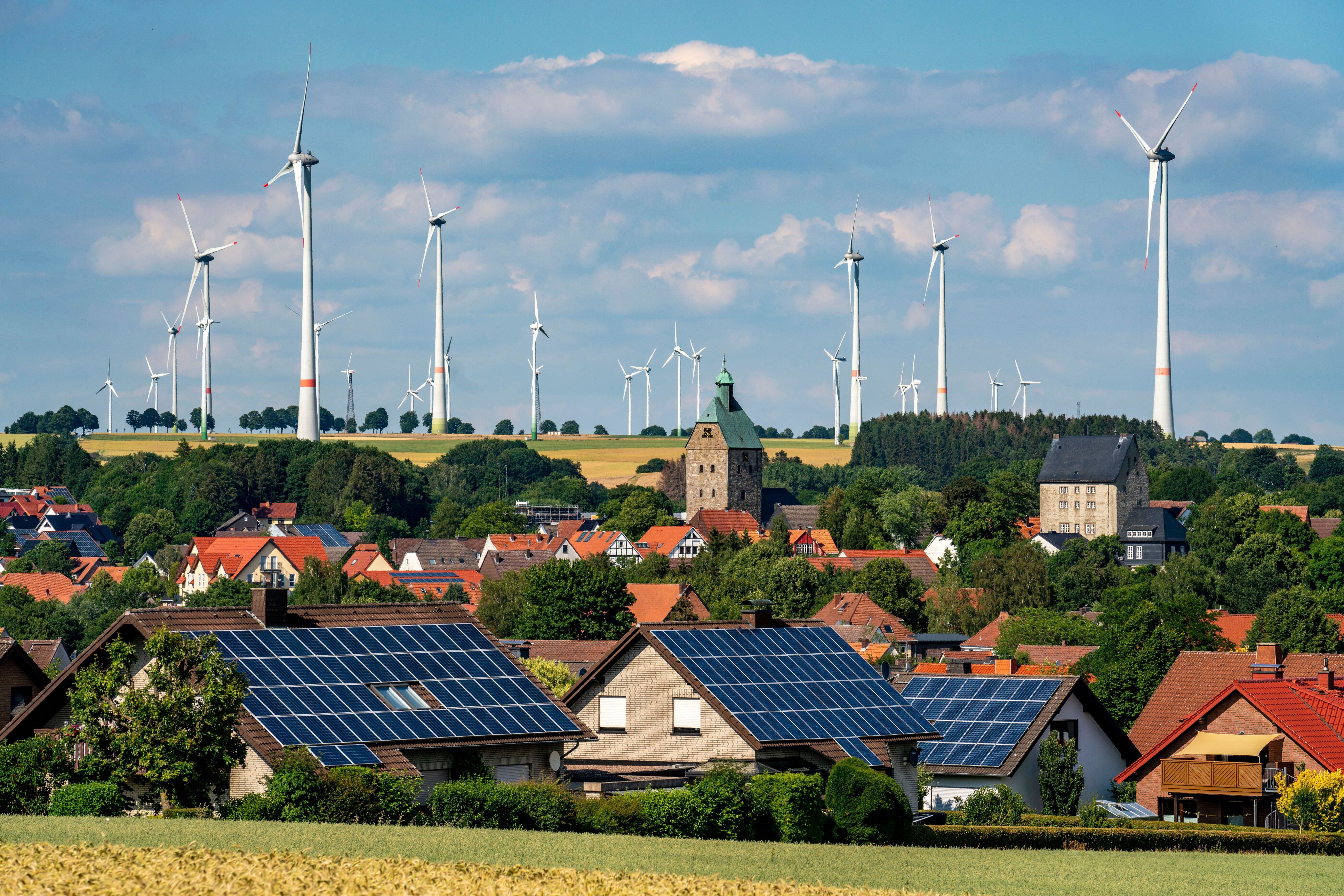
2. Wildlife
The greatest impact of wind farms on wildlife is often during construction. For example, noise and dust could disturb wildlife in surrounding habitats, while construction during breeding seasons could affect some species.
During operations, birds, bats, and marine life are most affected.
Birds and bats
The most obvious danger to birds and bats from wind turbines is the risk of collisions with blades.
However, fossil fuel and nuclear power are likely responsible for far more bird deaths.
This study estimates that wind power in the U.S. is responsible for 0.27 bird deaths per gigawatt-hour (GWh) of electricity. Meanwhile, nuclear power plants cause 0.6 fatalities per GWh and fossil-fueled power stations cause 9.4 fatalities per GWh.
Wind farms with larger but fewer turbines can reduce the death rate of birds in some locations. Technology that deters birds and bats from flying near turbines and building wind farms away from migratory bird routes can also reduce the risk.
Another impact of wind turbines on birds can result from the sound they produce. For some grass and woodland species, this can reduce the number of birds in areas close to wind farms over time.
Fish and marine life
Offshore wind farms may have mixed effects on fish and marine life.
This analysis of 13 studies found there are likely to be more fish in and around wind farms.
But it also highlighted the potential negative effects of wind farms on marine life. These could include:
- Sounds that cause stress and interrupt communication
- Cabling that alters electromagnetic fields, impacting fish migration patterns and the electrosensory mechanisms that allow some fish to feed and forage
These effects are less likely with wind farms that use floating instead of fixed turbines.
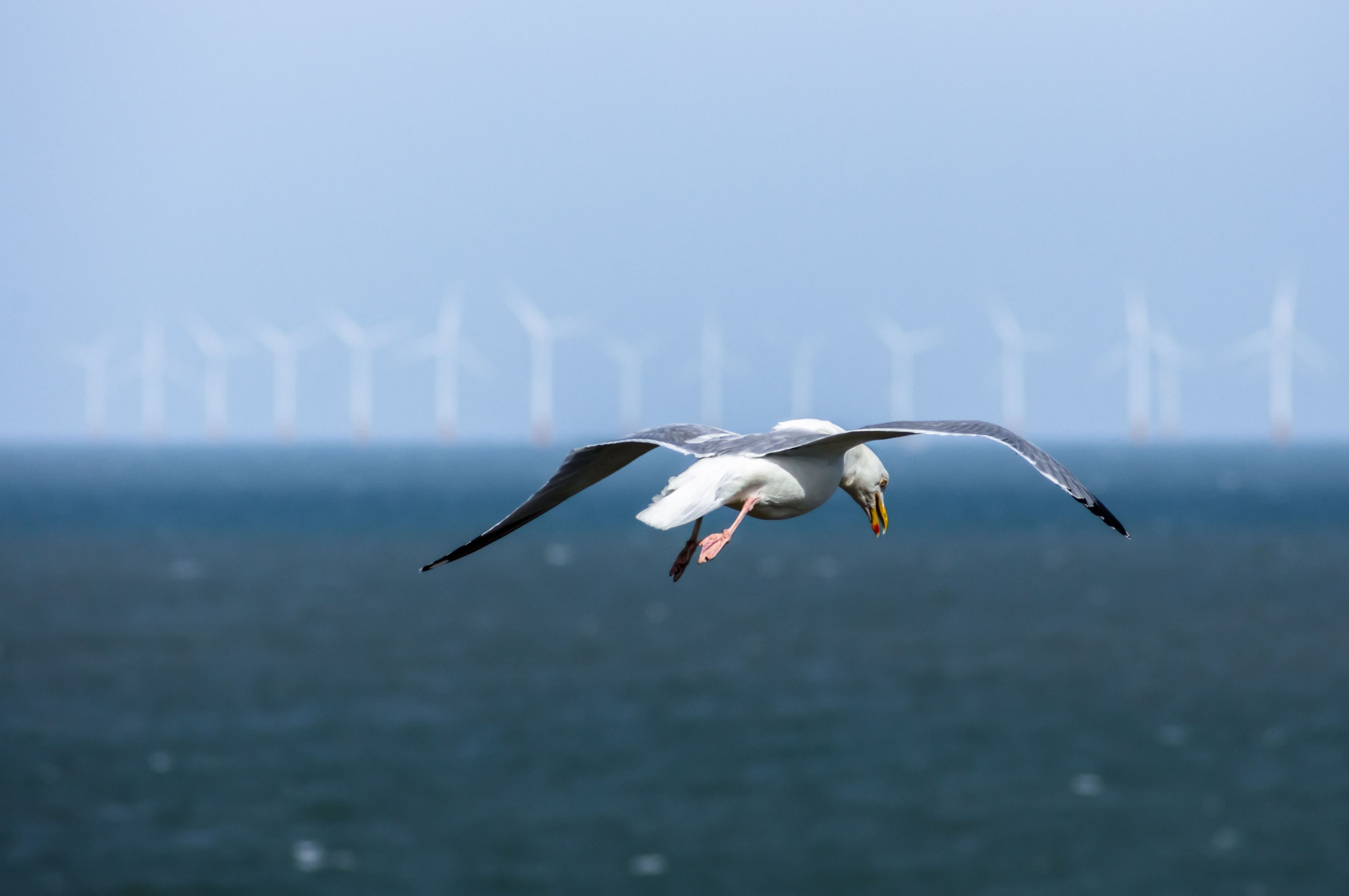
3. Local climate
Large-scale wind farms can have a minor effect on the weather in their surrounding areas.
This can include influencing the distribution of rainfall and clouds and accelerating drought in already dry areas with many wind farms.
Large-scale wind farms can also affect temperatures in the vicinity of turbines. Some studies suggest they can raise it slightly at night and lower it slightly during the day (by about 0.5C each way).
The effects of wind farms on local climate will depend on factors such as the natural environment. Locating wind farms in windier areas and using the most efficient rotors on turbines can reduce the effects.
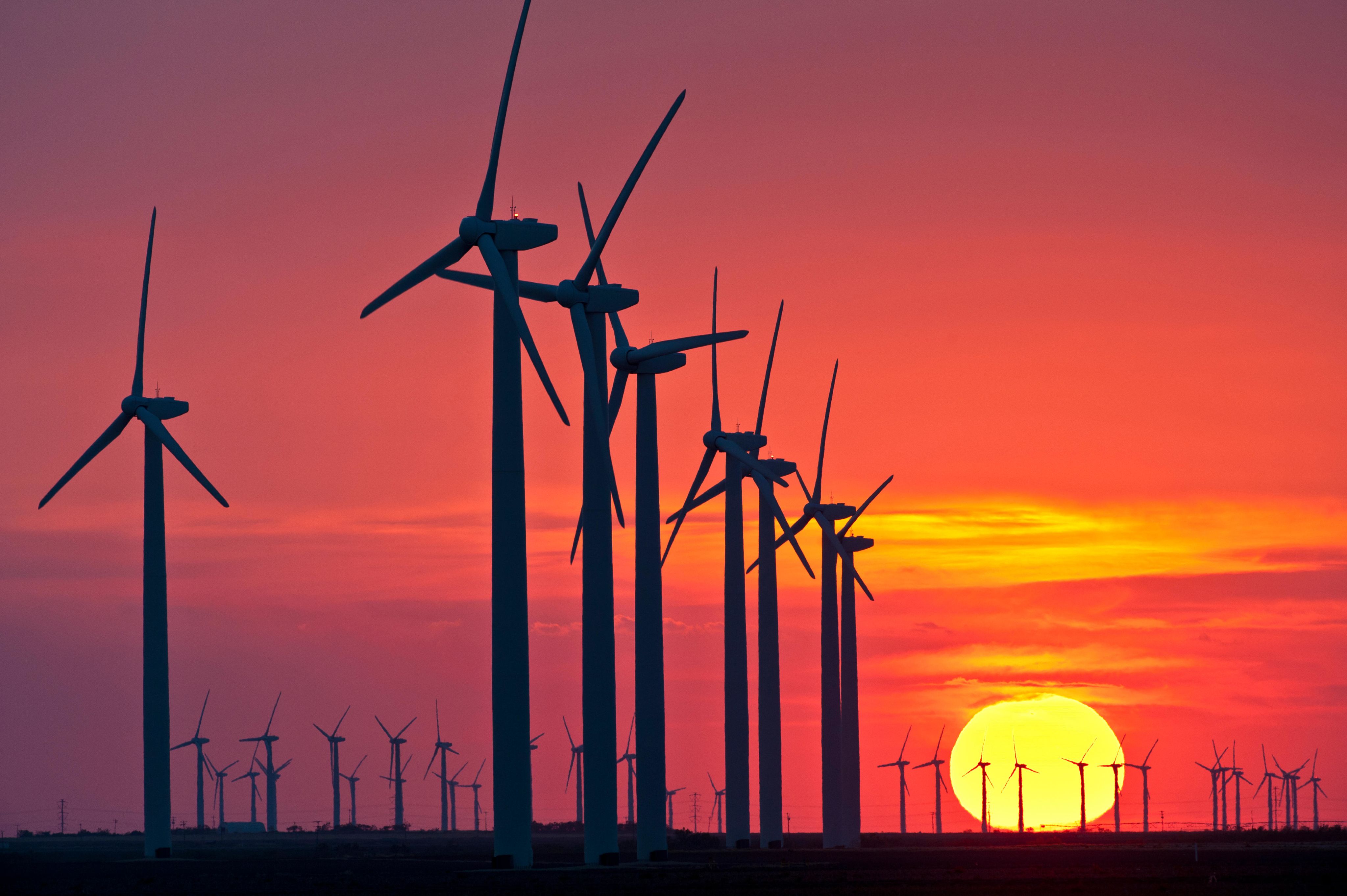
4. Local economies
Wind farms are likely to have positive impacts on local and regional economies.
A study cited in an article by Kehinde Adeyeye, Nelson Ijumbaa, and Jonathan Colton, found that wind energy developments in the U.S. increased total income and employment.
In the EU in 2022, wind energy added €41.8 billion (around $45 billion) to gross domestic product (GDP). The sector in the EU employs 300,000 people.
However, this study, which examined a community in Mexico, found that local wind projects were more likely to disadvantage poorer landowners.
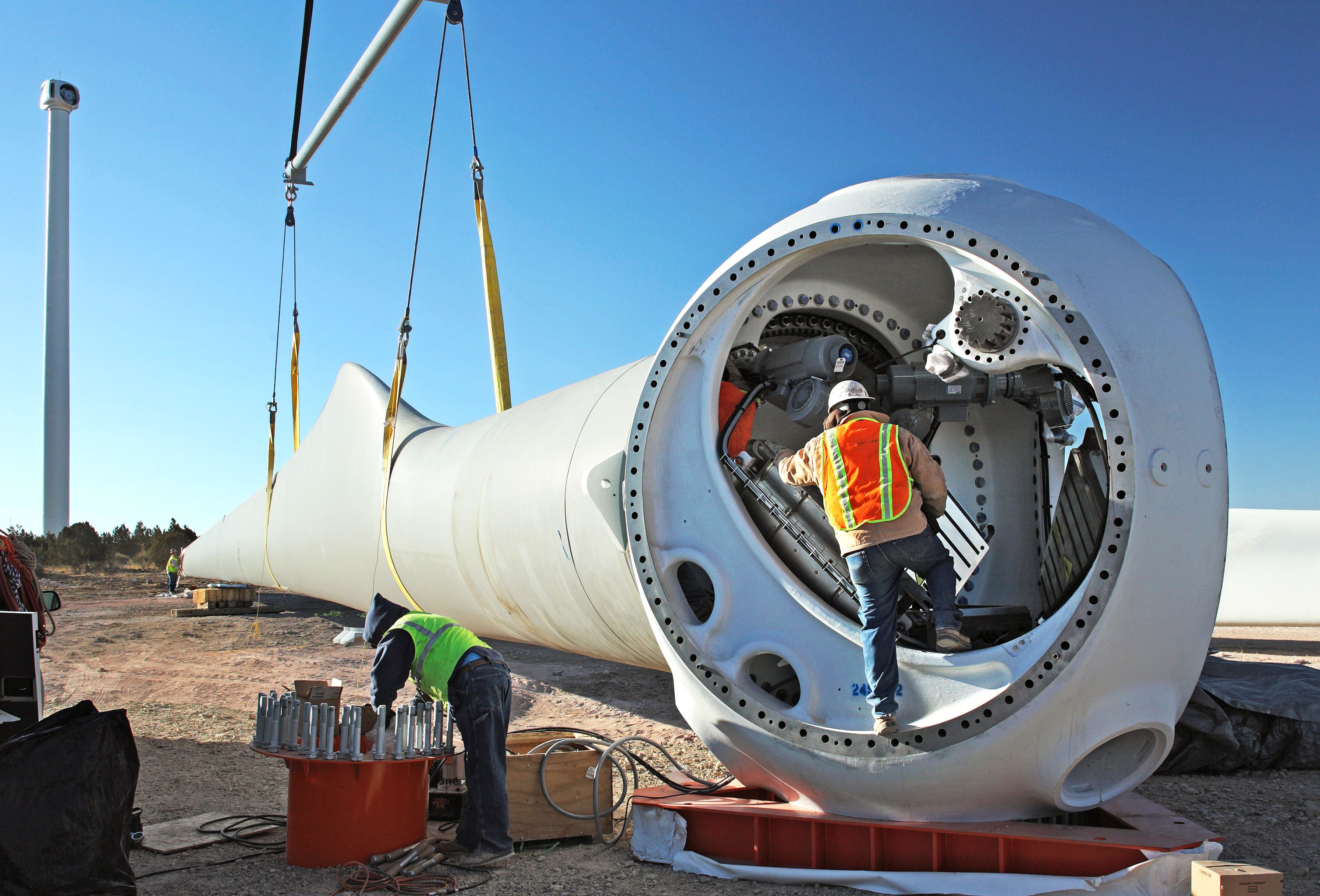
5. Air quality
Unlike fossil fuels, wind turbines don't produce emissions when they generate power.
But the manufacturing and construction of wind turbines and wind farms produce some emissions, mostly from vehicles, blasting activities, soil movements, drilling, and mixing concrete.
This is unlikely to impact climate change or exceed local air quality standards.

6. Aviation
Wind turbines can affect the flying and operating of aircraft when they're situated within 6.1km of airports, more than 61 meters in height, or located in an area where military aircraft fly at low altitudes.
In these instances, aviation authorities such as the FAA (Federal Aviation Authority) in the U.S. would be consulted during planning and construction.
Wind turbines can also potentially interfere with radar (see the communication section, below).
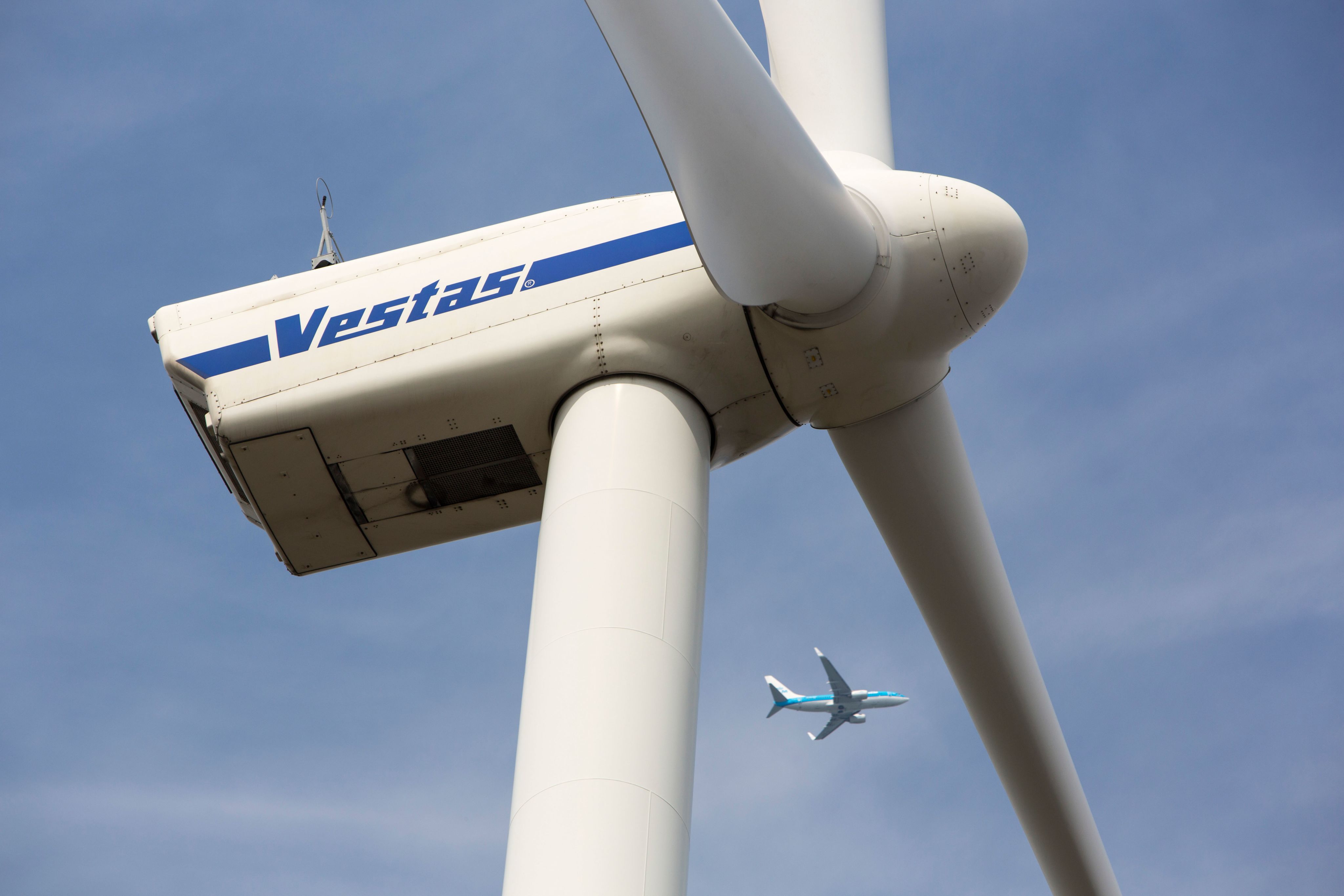
7. Shipping
Collisions between turbines, installation and maintenance vessels, and passing boats and ships are a risk at offshore wind farms.
Collisions are more likely at deep-water wind farms, which may be closer to major shipping lanes.
Risk assessments at the planning stages of new wind farms aim to reduce the likelihood of collisions.
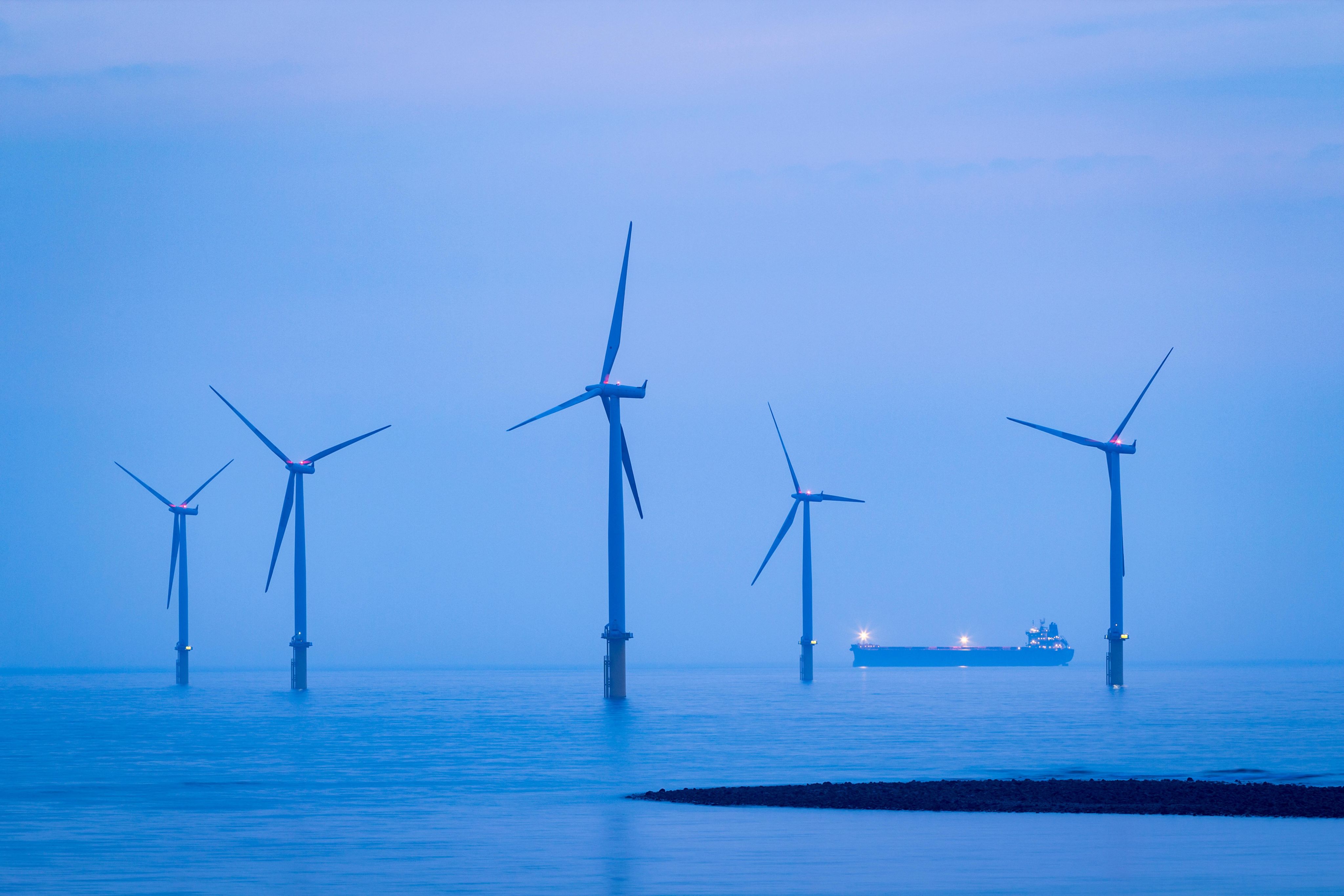
8. Agriculture
The wind turbines themselves take up only about 5% of the land on onshore wind farms. Once wind turbine foundations have been covered following construction, the land around wind farms can be used for rearing livestock and growing crops.
There's limited evidence that livestock are affected by the presence of wind turbines but more research is needed.
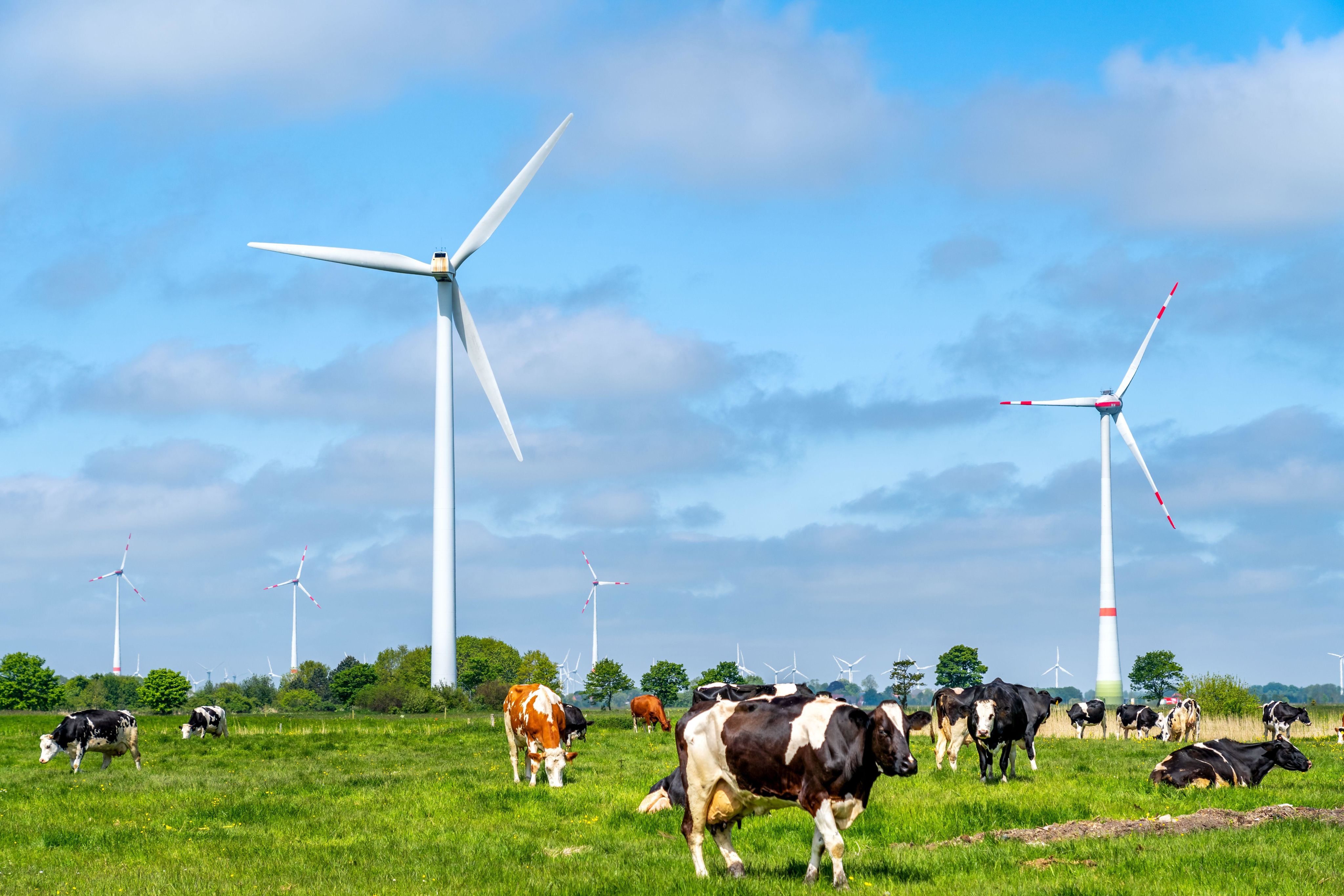
9. Communication
Wind turbines can create electromagnetic interference (EMI) to TV and radio transmissions, microwave transmissions, mobile phones, and radar.
The effects can be reduced by building wind farms in areas that don't block communication signals and by using blades made of synthetic and composite materials rather than steel.

10. Local transport
The only significant effect on local transport infrastructure from wind farms is likely during the construction and decommissioning phases.
Construction can cause additional traffic on local roads, while planners may need to modify roads and bridges to transport oversized materials such as turbine blades.
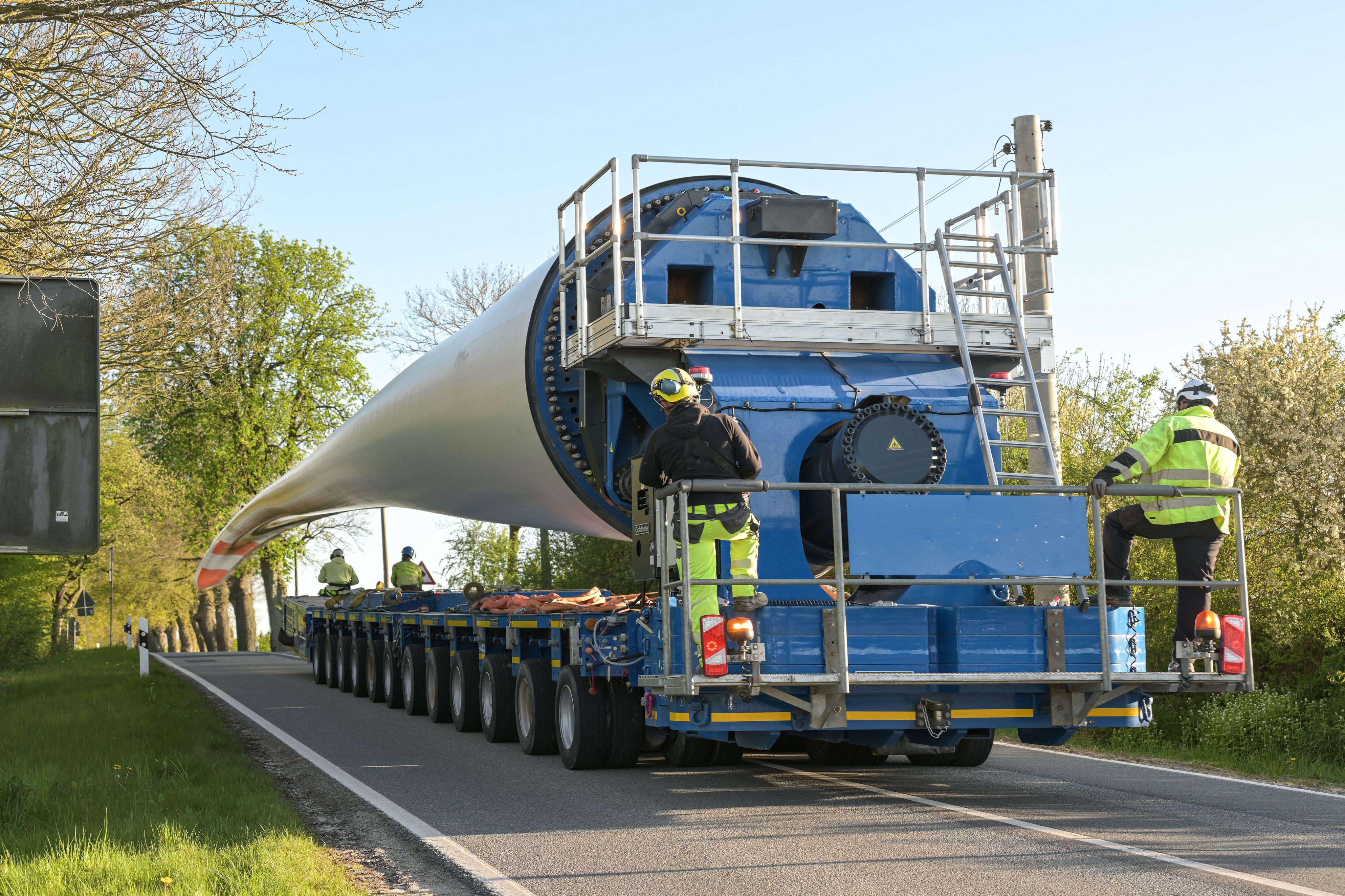
Further reading
Journal articles
- A survey of the visual impact and community acceptance of wind farms in Australia by Andrew Lothian in Australian Planner
- Exploring the environmental and economic impacts of wind energy: a cost-benefit perspective by
Kehinde Adeyeye, Nelson Ijumba, and Jonathan Colton in International Journal of Sustainable Development & World Ecology - Impact of wind farms on local land surface temperature in Qinghai Province, China by Xia Zhang et al. in International Journal of Remote Sensing
- Meta-Analysis of Finfish Abundance at Offshore Wind Farms by Elizabeth T. Methratta and William R. Dardick in Reviews in Fisheries Science & Aquaculture
- On a collision course? The large diversity of birds killed by wind turbines in South Africa by V. Perold, S. Ralston-Paton, and P. Ryan in Ostrich
- The avian and wildlife costs of fossil fuels and nuclear power by Benjamin K. Sovacool in Journal of Integrative Environmental Sciences
- Twenty-five years under the wind turbines in La Venta, Mexico: social difference, land control and agrarian change by Gerardo A. Torres Contreras in The Journal of Peasant Studies
Books
- The Science of Wind Power by Frank R. Spellman
- Wind Energy Design by Thomas Corke and Robert Nelson
- Wind Power and Public Engagement by Giuseppe Pellegrini-Masini
 China
China Africa
Africa
